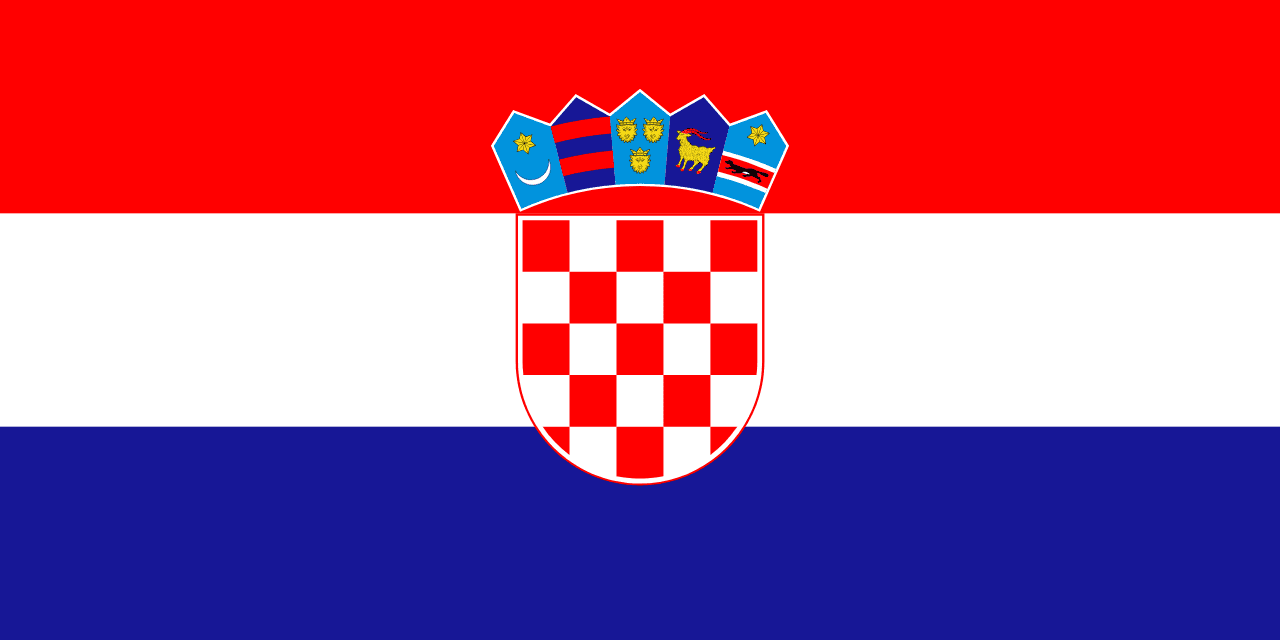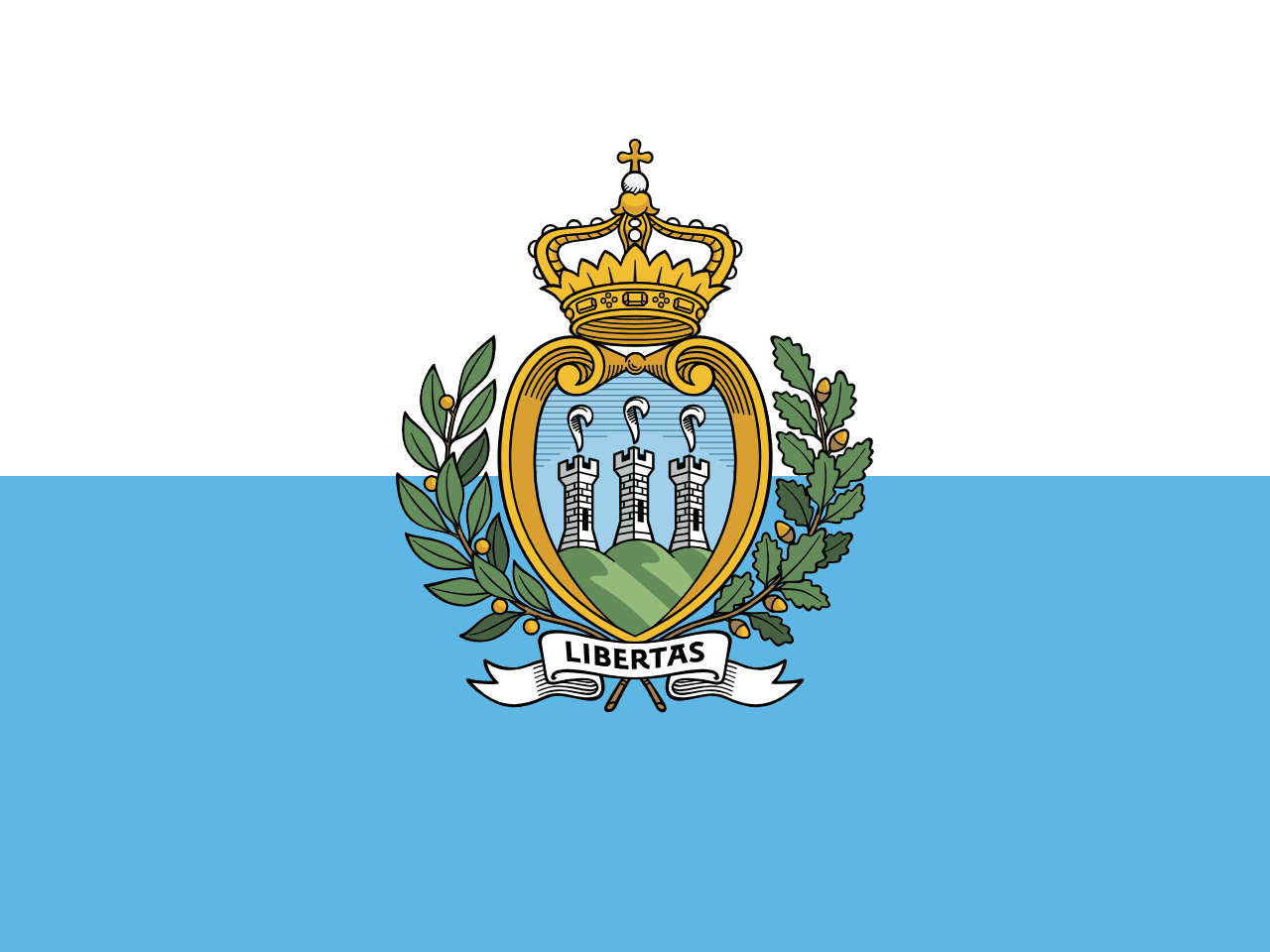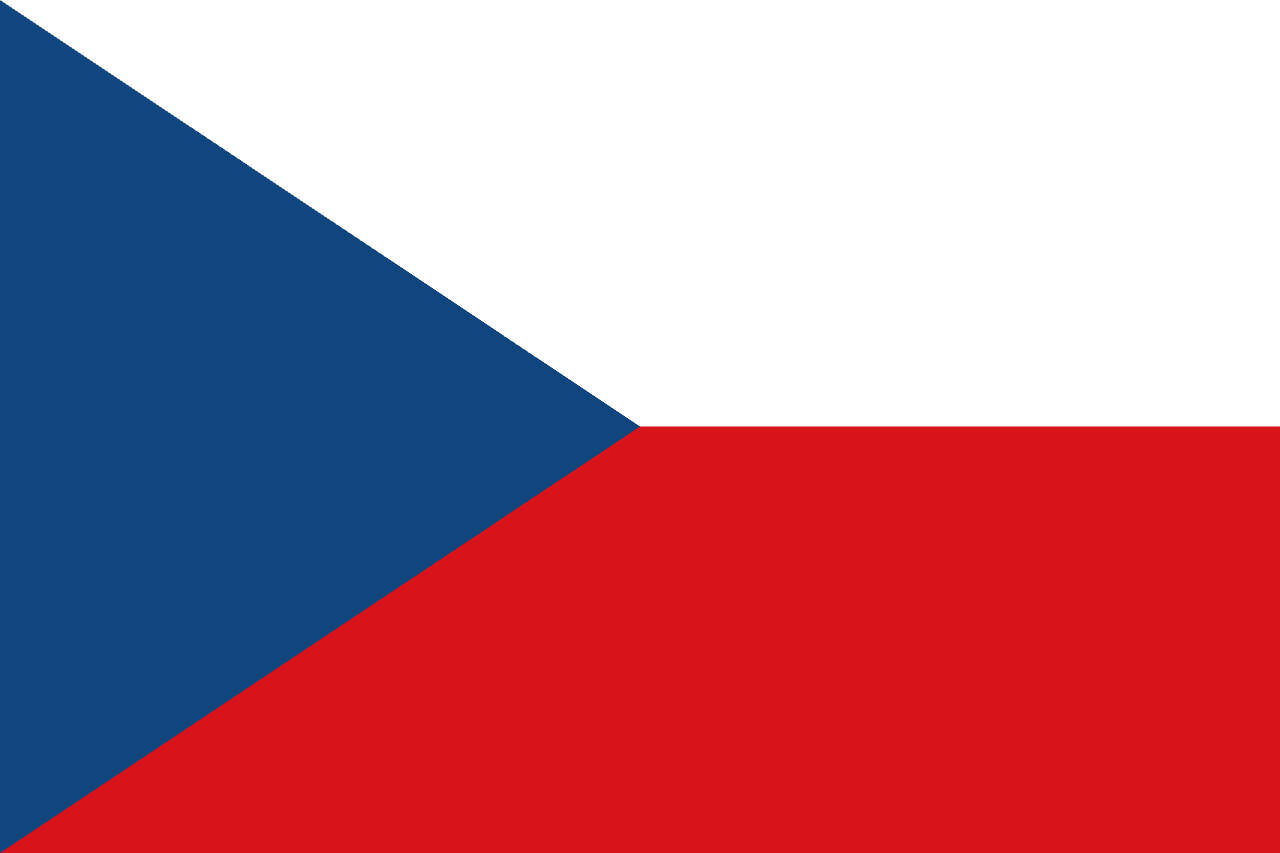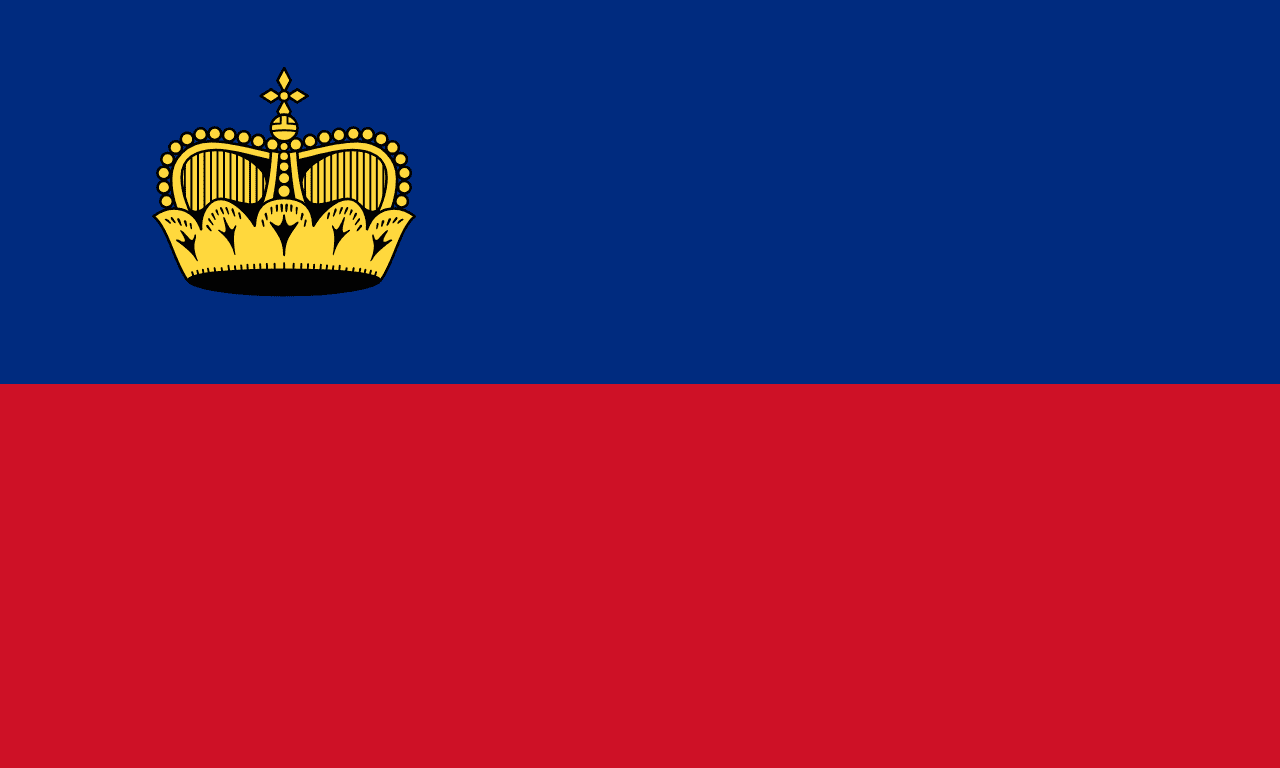Slovenia Flag Meaning
A horizontal tricolor of white, blue, and red with the Slovenian coat of arms placed toward the hoist in the upper stripe. The coat of arms features Mount Triglav, Slovenia’s highest peak, three six-pointed golden stars, and wavy blue lines representing rivers and the Adriatic Sea.
- Continent
- Europe
- Adopted
- 1991
- Ratio
- 1:2
- Colors
- white, blue, red, gold
- Designer
- Unknown (based on Pan-Slavic colors, coat of arms added 1991)

Symbolism
White, Blue, and Red Stripes: Pan-Slavic colors symbolizing the shared cultural and political heritage of Slavic nations, and Slovenia’s identity within that family.
Coat of Arms: Represents national pride and sovereignty, with distinct symbols of Slovenia’s geography and history.
Mount Triglav: Depicts the highest mountain in Slovenia and a national symbol of endurance and independence.
Blue Wavy Lines: Represent Slovenia’s rivers and its short but important coastline on the Adriatic Sea.
Three Golden Stars: Taken from the coat of arms of the Counts of Celje, an influential medieval dynasty, symbolizing historical legacy and nationhood.
History
- 6th Century: Slavic peoples settled in present-day Slovenia, eventually forming the principality of Carantania.
- 8th–14th Centuries: The area became part of the Holy Roman Empire and later the Habsburg Monarchy, with German cultural and political influence.
- 1918: After World War I, Slovenes joined the Kingdom of Serbs, Croats, and Slovenes (later Yugoslavia).
- 1945: Slovenia became one of six republics of socialist Yugoslavia after World War II.
- June 25, 1991: Slovenia declared independence, adopting the current flag with its coat of arms.
- 2004: Slovenia joined both the European Union and NATO, further integrating into Western institutions.
Trivia
- Slovenia is the only European country with 'love' in its name.
- Lake Bled, with its church on an island, is one of Slovenia’s most iconic landmarks.
- Slovenia is one of the most forested countries in Europe, with more than 50% of its land covered by forest.
- Triglav, the mountain on the flag, is so symbolic that Slovenians often say every citizen should climb it at least once.
- Slovenia uses the euro despite being outside the Eurozone’s founding group, joining in 2007.
Related Countries

Croatia
Europe
Three horizontal stripes of red, white, and blue with the Croatian coat of arms centered on the white stripe, featuring the distinctive red and white checkerboard pattern and five historical shields representing the regions of Croatia.

Austria
Europe
Three horizontal stripes of red, white, and red, representing one of the world's oldest national flag designs, allegedly inspired by Duke Leopold V's blood-stained white surcoat after the Battle of Acre in 1191, and symbolizing the courage, honesty, and strength of the Austrian people.

San Marino
Europe
White and light blue horizontal bicolor with coat of arms featuring three towers representing the ancient fortress republic on Mount Titano.

Hungary
Europe
Three horizontal stripes of red, white, and green representing strength, faithfulness, and hope, with colors rooted in medieval Hungarian heraldry and the struggle for independence from foreign rule.

Czech Republic
Europe
Two horizontal stripes of white over red with a blue triangle extending from the hoist, combining Bohemian colors with Moravian blue, representing the historical lands and democratic ideals of the Czech nation.

Liechtenstein
Europe
Two horizontal stripes of blue and red with a golden crown in the upper left corner, representing this Alpine principality that is one of the world's smallest and wealthiest nations.